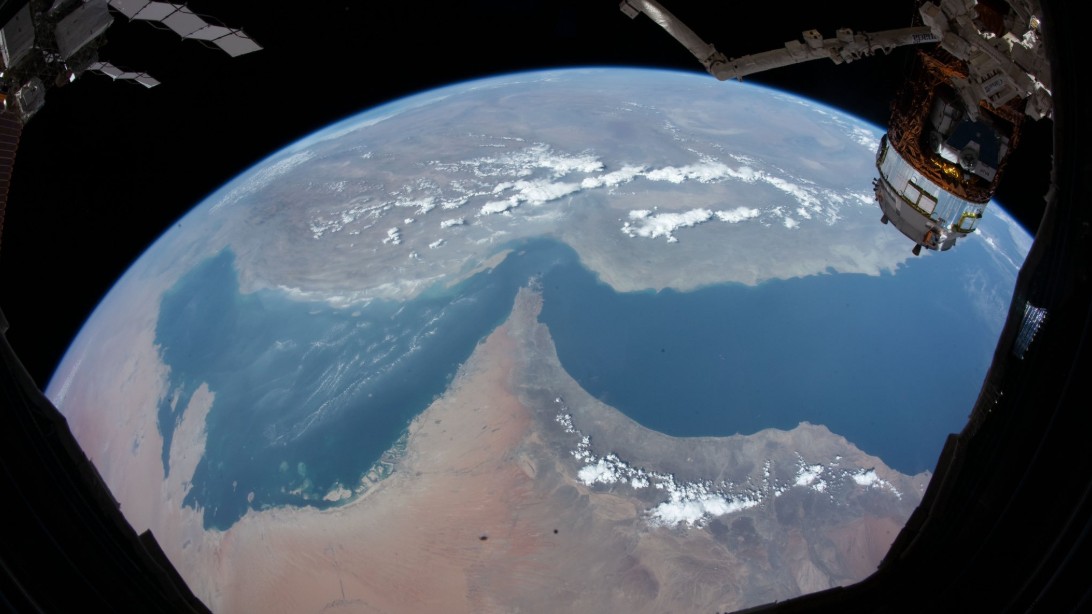The Nanoracks company plans to release orbiting greenhouses to create ultra-resilient crops capable of thriving in the harshest environments on earth. In this way, the researchers hope to stave off the impending food crisis resulting from climate change.
Our species has been permanently physically present in space for just over twenty years. Also, from the beginning, researchers have focused on ways to grow food capable of being consumed in space. The Nanoracks company aims for a different project:to use space to grow food for the benefit of the inhabitants of the Earth .
Based in Houston (Texas), this company has just signed a contract with the Abu Dhabi Office of Investment (ADIO) to open an agricultural research center " space version" in the United Arab Emirates (UAE):the StarLab Space Farming Center. Concretely, the goal would be to grow plants in space so that they become more resistant . In fact, they could then be grown in the most arid conditions on our planet.
As Jeffrey Manber, CEO and co-founder of Nanoracks points out, this work builds on previous research showing that novel mutations in plant DNA can emerge in microgravity environment . These new mutations could then lead to the creation of new, more resilient varieties.
China, in particular, has long experienced this type of approach. Incidentally, the second most popular wheat variety currently grown in the country, Luyuan 502, was developed through spatial breeding.
“Thanks to DNA mutations that occur in space, we have created varieties that have higher yields, offer better nutritional profiles and better disease resistance. They also require less water or tolerate higher temperatures,” Professor Liu Luxiang of the Chinese Academy of Agricultural Sciences told Space.com.
According to the researcher, China is increasingly investing in various plant breeding technologies to ensure that it will be able to feed its population in years to come. come.
For their part, the United Arab Emirates could aim for more independence with regard to its food security. Indeed, at present, only 5% of the land of this country is cultivated, for lack of anything better (arid land, lack of water). As a result, the UAEimports about 80% of its food . Ultimately, the idea would therefore be to be able to rely on plant species capable of resisting this particular environment.
“Research on food production in the extreme conditions of space may hold the key to improving our capabilities in desert and arid climates “said the ADIO spokesperson. “That's why we support Nanoracks “.

At first, several species could be sent on board the international space station, before proposing autonomous greenhouses, why not during the next five years. The StarLab Space Farming Center also plans the development of robotic and automated systems for the maintenance of these future "space greenhouses".